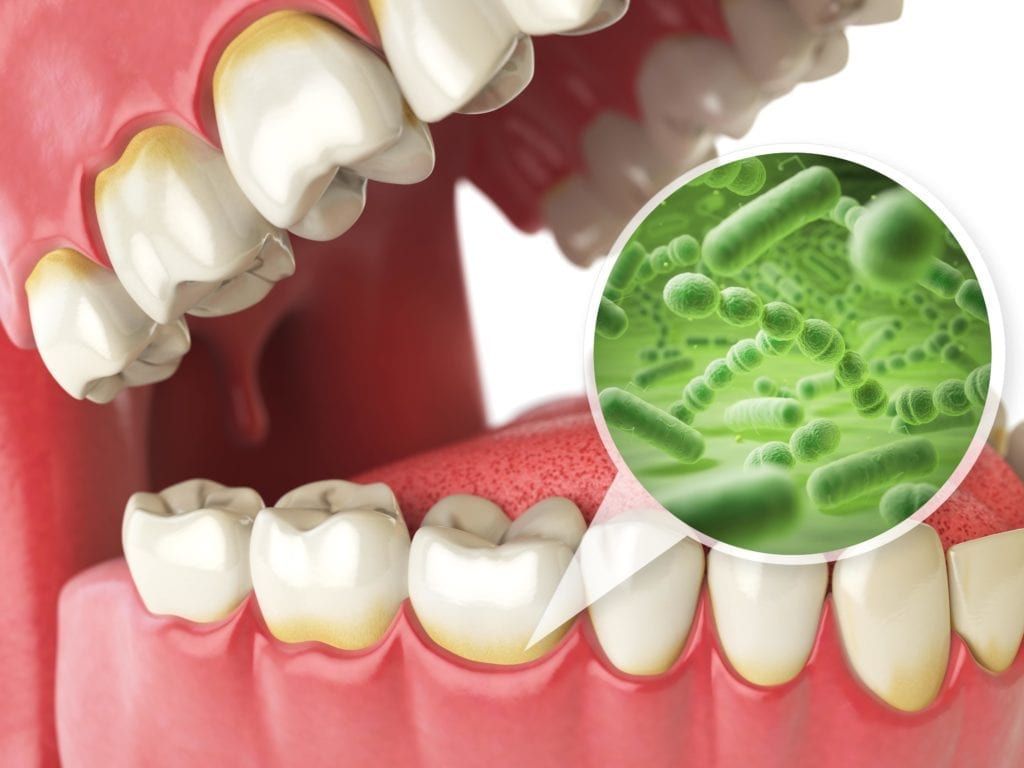Most people have been told about the importance of proper dental hygiene as a measure for preventing cavities. Despite this, the National Institute of Dental and Craniofacial Research (NIDCR) notes that 92% of American adults between the ages of 20 and 64 have had at least one cavity, but the average for this age group is around three cavities.
One possible reason why this number is so high is believed to be due to the fact that many people don’t understand what cavities are and what causes them. Cavities are decayed areas of the teeth, usually within the pits and fissures of molars or on exposed tooth roots. In rare cases, cavities can also form on the smooth surfaces of teeth. Contrary to popular belief, there is no one thing that causes cavities, rather it is an amalgamation of multiple factors that results in the occurrence and growth of a cavity. Here are the three main things that cause cavities:
Bacteria
Bacteria known as streptococcus mutans are naturally occurring in the mouth. These bacteria produce an acidic waste product that damages the enamel. Normally, saliva helps to neutralize the acid and minimize the damage. However, if the amount of bacteria in the mouth is too high, then saliva alone is not enough to neutralize the acid. This means that bacateria will continue to damage the tooth enamel. Generally, the more bacteria in one area means more damage to that area.
Sugar

In order to produce the acidic waste product that damages tooth enamel, bacteria must first consume something. This something is sugar. Ultimately, bacteria take sugar and turn it into an acidic waste product. Therefore, the more sugar consumed, the more acid produced. Sugars are found in a variety of foods and beverages, so it is important to minimize your sugar intake as a way of preventing cavities. Not only does sugar feed bacteria, but it also encourages them to reproduce, which increases the total amount of bacteria in the mouth.
Plaque
Dental plaque is a thin, clear coating found on the surface of the teeth. Unfortunately, plaque can trap both bacteria and food debris, which makes it an ideal place for bacterial populations to thrive. The good news is that plaque can easily be removed from the surface of the teeth by brushing and flossing. However if plaque is not removed, then it can harden into tartar which can only be removed using special dental tools. In cases where plaque and tartar have accumulated, bacterial populations tend to increase in this area and cause significant damage.
In order for a cavity to form, bacteria, sugar, and plaque must all be present. While bacteria are always present in the mouth, excess sugar consumption and plaque accumulation are what causes the bacterial populations to grow. Once the amount of bacteria has increased, if they congregate in a specific area they can repeatedly damage the enamel in this spot. Over time, this constant damage will eventually develop into a cavity.
Luckily, cavities can also be prevented by brushing twice a day and flossing once a day. Both brushing and flossing help to remove excess plaque and bacteria from the mouth in order to keep bacterial populations in check. Another way to decrease the likelihood of developing a cavity is to reduce the amount of sugar consumed. This is because consuming less of bacteria’s prime food source means that it will be easier to control bacterial populations and prevent them from growing. Finally, you must visit your local dental office every six months for a professional teeth cleaning to remove plaque and tartar from locations where you may have missed.


